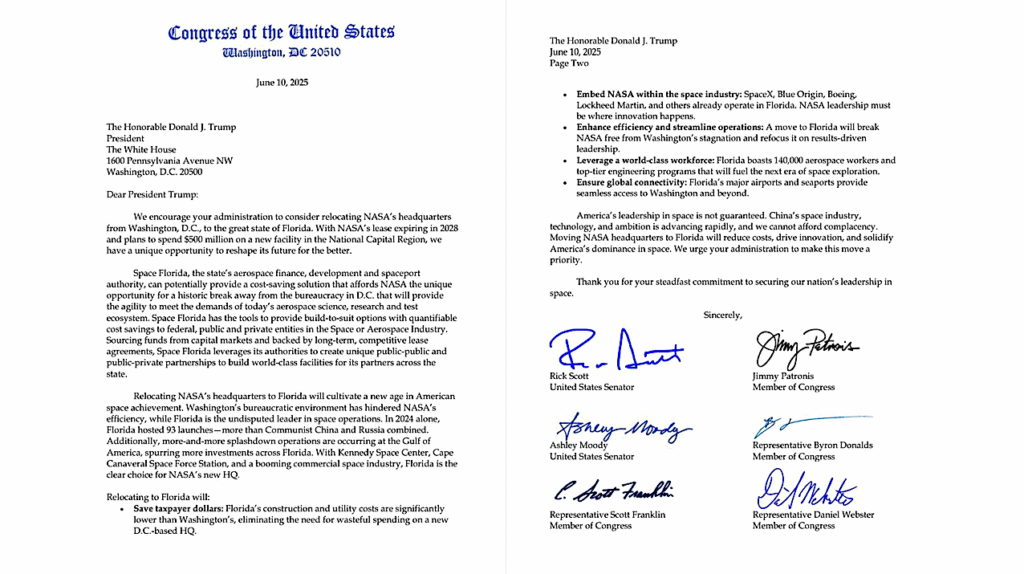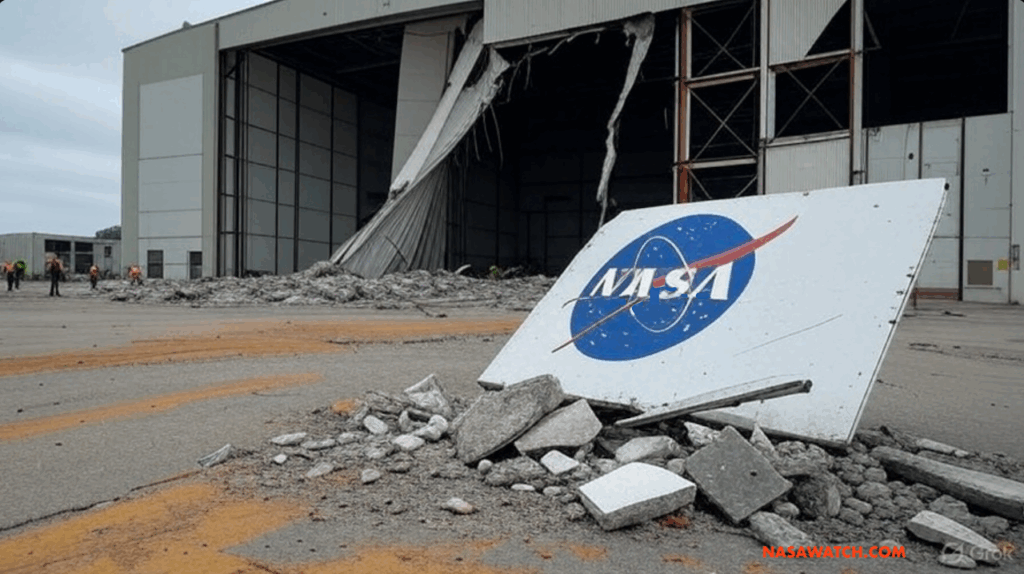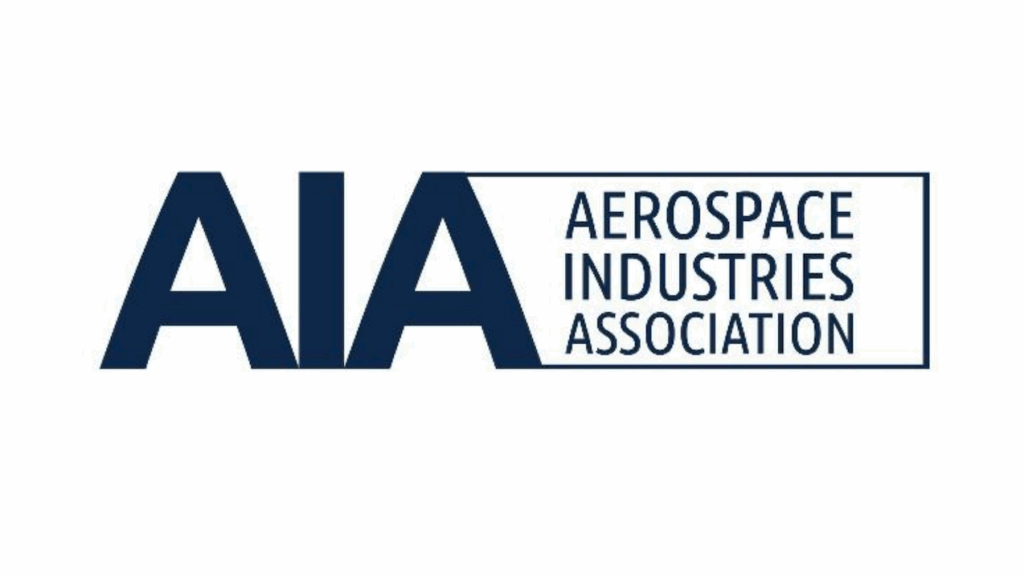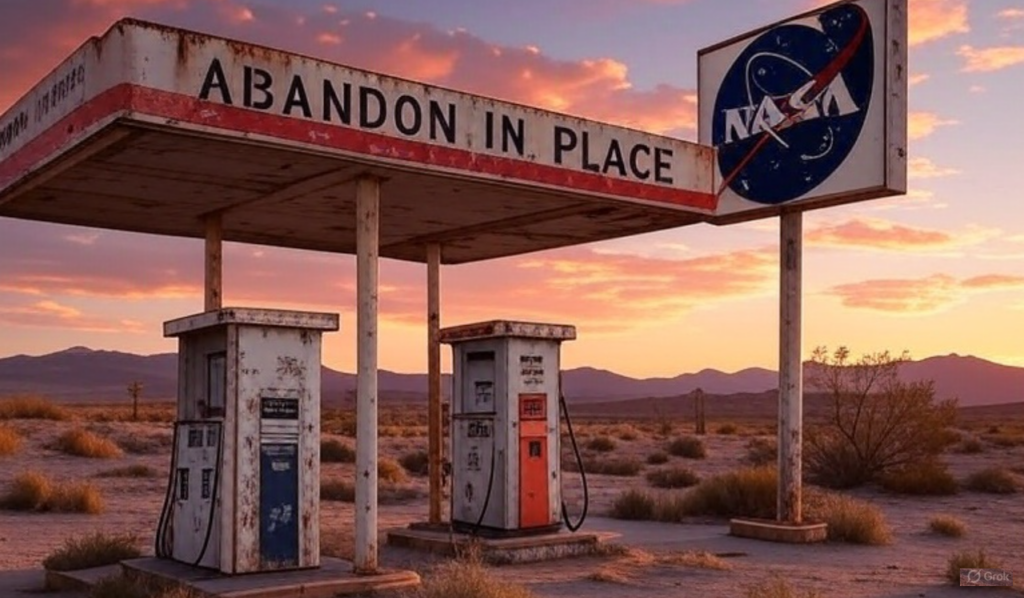NRC Says NASA Is On The Wrong Path to Mars
 NRC human spaceflight report says NASA strategy can’t get humans to Mars
NRC human spaceflight report says NASA strategy can’t get humans to Mars
“John Logsdon, professor emeritus of George Washington University’s Space Policy Institute, said the report has a familiar ring to it. “They go through all this negative analysis and still conclude we ought to go to Mars. No one ever says, ‘Let’s lower our ambitions.’ It’s always, ‘Increase the budget,’ not ‘Lower ambitions,'” he said. As for going to Mars: “It’s a dream. It’s been a dream forever. And will remain a dream unless something changes.”
Mars or bust, says new report on NASA human space exploration, LA Times
“But the report said that if the U.S. is to take its space program to the next level, it will require more funds for the step-by-step missions that will lead to the Martian surface. It will also require, the authors said, more international cooperation — including with China. Current federal law blocks NASA from working on bilateral projects with the Chinese.”
New report: NASA Mars goal is not viable, Houston Chronicle
“There is also concern because, critics say, NASA is building this rocket without a clear path to Mars. As the report notes it is difficult to sustain a rocket program, absent a concrete, widely accepted goal, over multiple presidential administrations, and Congresses. “I would say the SLS is very vulnerable,” said Mark Albrecht, an aerospace executive and principal space adviser to President George H.W. Bush, this year. “The wrong way to think about spaceflight is to build a bunch of stuff and then find an objective for it to achieve.”
 Keith’s note: NRC says NASA Is on the wrong path to Mars. That’s about the only thing they took a clear position on in their report. In writing their report the committee dodged all of the big questions with the excuse that it was beyond their scope/charter. Trivial mention was made of commercial alternatives or whether the SLS-based model is the right way to get to Mars. In the briefing yesterday Mitch Daniels said that funding for all of this is “the secondary question”. So there you go – yet another space policy report – one that cost $3.6 million and is being delivered more than 3 years after it was requested. The White House and NASA will ignore it. Congress will wave it around and then ignore it too. In the end we’ll all be where we are now – with incomplete plans, no strategy, a big rocket with no payload, and nothing close to a budget to make any of it happen.
Keith’s note: NRC says NASA Is on the wrong path to Mars. That’s about the only thing they took a clear position on in their report. In writing their report the committee dodged all of the big questions with the excuse that it was beyond their scope/charter. Trivial mention was made of commercial alternatives or whether the SLS-based model is the right way to get to Mars. In the briefing yesterday Mitch Daniels said that funding for all of this is “the secondary question”. So there you go – yet another space policy report – one that cost $3.6 million and is being delivered more than 3 years after it was requested. The White House and NASA will ignore it. Congress will wave it around and then ignore it too. In the end we’ll all be where we are now – with incomplete plans, no strategy, a big rocket with no payload, and nothing close to a budget to make any of it happen.
Report From Slow Motion Advisory Committee on Human Space Flight, earlier post









After seeing this I cheered myself up by listening to Jeff Greason again.
His speech may not have changed much, but at least someone is thinking big enough.
It’s always nice to go back to these Greason speeches. I watch them a couple times a year.
An amusing article about it in Time:
http://time.com/2823077/mar…
The report specifically excludes any and all options of actually using existing launch vehicles to do any human spaceflight in space. Only SLS is the option, and even Falcon Heavy is discarded with very weak “it would probably be more risky and congress wants SLS anyway” argument. So, SLS it is.
Also, it encourages “international cooperation” but there is no consideration of using Ariane or H-IIA anywhere. Ariane is apparently good enough to launch JWST, but it wont be considered as a complementary launcher in our HSF scenarios.
It even goes against Augustine commission – which flat out said that 50mt launch vehicle is ENOUGH to do any sort of HSF pretty much anywhere in inner solar system.
Seriously ? This is the result of 3 years worth of “extensive” analysis ? Can we get our money back ? Grad students in aerospace schools are doing that kind of analysis better.
The members of this committee should be made accountable for the incompetence.
Remember, Ariane 5 is going away to be replaced by the cheaper, lower performance, all solid Ariane 6.
>>Ariane is apparently good enough to launch JWST, but it wont be considered as a complementary launcher in our HSF scenarios.
The Ariane 6 is not yet been signed off. The design hasn’t even been finalized. Germany says it wants a liquid-fueled booster or no-go. Anyway, even the Ariane 6 is a loser. The paper rockets TARGETED cost in the 2020’s is $96 million. Spacex’s current launch cost is less then $60 million (and that is before savings from reusabilty after this year).
‘Let’s lower our ambitions.’ It’s always, ‘Increase the budget,’ not ‘Lower ambitions,'” he said. Well, that certainly is a stirring call to arms! Since when do we ever increase the budget by more than a rounding error? 3 Billion for BEO exploration in a 3.8 Trillion dollar budget is a joke; and worse than that a slowly told one. Its guaranteed to maximize the cost while minimizing any benefit to be derived therefrom. If you were to take the cumulative NASA budgets from 1960 through 2012 and display them in constant dollars the trend would be there for all to see. You can accomplish a lot with 25 billion a year properly dispersed, but that is never going to happen with this crowd.
There are many architectures that can get us where we want to go; if we could agree on where we want to go; and some may be more elegant than others; and some may be cheaper than others. The primary difficulty since the 70s we start and stop chronically. Somebody has an idea; and the opposition tears it down until it gets trashed; then the new idea comes along and a new opposition tears it down until it gets trashed… it’s like the movie Groundhog Day. it reminds me of that football exercise we played when we were kids “Kill the Carrier” nobody ever scored… just a lot of energy expended with the co-occuring scratches and bruises.
I suggest we pick a destination or series of destinations; a proven architecture that has a lot of stakeholders in it; appropriately fund it for longer than one administration; put our shoulder pads on, shut up and shove off. If we did that I believe we would get the job done. At least we did the last time.
Sure we’ll have a payload and a budget. We just need to not have the then 25 year old ISS lingering around as a side project… yesterdays destination.
How many of these budget projections assume the ISS will still be devouring $3 billion a year through late next decade? Solution seems rather simple to me: get rid of the least relevant, oldest piece of hardware. I truly don’t understand how the Space Shuttle could fly four to six times a year for thirty years, but it’s the less expensive SLS that is somehow the budget killer. Oh wait that’s right, because the Space Shuttle didn’t have to share it’s budget with another human spaceflight program of highly questionable relevance.
Sure Team ISS will spin the same promises they’ve made for a decade: it’s a testing ground for technologies to go to Mars. We need to study long term human spaceflight physiological effects, etc. etc. All words, no action. And before long, no station.
The Russians want to leave in 2020 anyway. Can will pull the trigger please? Pushing Mars further into the future just to hold on to dear life to a rapidly aging space station that produces 3rd and 4th rate science is a waste of taxpayer dollars.
I completely agree with your assessment.
I hold the opposite viewpoint. Human spaceflight will only be viable if the cost is reduced to a level at which commercial and government customers can afford it because it provides value greater than its cost. The only architecture that can achieve this is a fully reusable one. This requires permanent infrastructure in LEO. Inspiration does not pay the bills. If we cannot make human spaceflight sustainable in LEO, it will never be sustainable BLEO, where the cost is much greater.
If we abandon ISS we will not be stuck in LEO. We will be stuck on the ground.
As foolhardy as Inspiration Mars seemed, Dennis Tito did at least offer NASA a way out. Another report, but we’ve been here before.
Keith, you are spot on. My late father had a saying that is appropriate for these studies/reports…it is a dog chasing its tail.
Well said Keith.
Cheers
Sad really… I see the US as continuing to ‘launch reports’ rather than launching humans to the Moon or to Mars. The US Space Program will fall further and further behind, and Americans will have to be content watching the Russians and Chinese, working together after 2020, going to the Moon and Mars.
I am coming to the firm conclusion that government-run Space is lost. The future has to lie with private enterprise and commercial space. Here is where the Moon and near-Earth Asteroids that are resource rich, and the Lagrange Points need to come into priority. The goal should be for space corporations to build weath for themselves and for the nations, and reinvest part of that wealth into making space travel more efficient, quicker, safer and more regular, not just to LEO, or to the Moon, but well beyond. Mars will always be there, and maybe the goal should not be a ‘flags and footprints’ landing on Mars by 2035, aka Apollo – the next Generation, but building an off-planet permanent presence on the Moon, on near-Earth asteroids, and at the Lagrange Points, and developing the technologies for making human space exploration, exploitation and colonisation possible in the next 100 years.
The goal for space corporations should be easy, cost-effective, safe and regular space travel for humans from Earth throughout Cislunar Space, and within the Inner Solar system, for commercial profit. As for NASA… well, let them focus on unmanned probes for science and exploration to blaze the trail for subsequent commercial expansion. Let them invest in developing new and radical advances for propulsion, astronavigation, life support, and landing systems. Then transfer those technologies to private industry. In effect, NASA could become a Space-DARPA.
If some fairly radical changes are not made, the US will be going nowhere really fast – and the US leadership in space will be over. Status quo reports like this contribute to that outcome.
I hate to be a squeaky wheel but where is the financial upside in BEO space if the government isn’t the customer because we don’t want “Big Government Space”. Asteroid mining..really…maybe for your great grandkids…if the big bad government makes the appropriate investments over the next 30 years; but this level won’t get it done. I do agree with you that the lack of vision in the political class is sad. That’s what you get when let lawyers run the show.
What’s the bet that the lack of really considering anything out of a fairly narrow terms of reference was due to the fact that the committee members didn’t want to ruin their future employment prospects by stepping on powerful toes?
My reading: the report makes clear that NASA is on the wrong path today and that it should have realized this and changed course years ago. It got started on this wrong-headed course under Dr. Griffin, fully supported by the NASA management still in power. NASA failed to realize a replacement for Shuttle when it was needed. The current Orion/SLS is not supportable nor sustainable. There is not a plan today for how to proceed. It is uncertain why ARM would ever be needed. No one will get to Mars for another half century. ISS has a finite life which will be over in 10 to 15 years and there is nothing in development to replace it.
The only potential is for commercial human spacecraft but then no certainty of their use once ISS is gone.
We have witnessed the destruction of NASA human spaceflight over the last 5 years.
The Houston Chronicle identified the failure of NASA leadership and the absence of Texas Congressional support, most recently this morning saying that the attention has now shifted from JSC to Mr. Musk and his South Texas launch site.
NASA is longer capable of this type of work. That NASA is gone. The NASA we have today couldn’t get to Mars on $50 billion per year. Not unless they threw everyone out and started from scratch.
Spot on Keith!
The NRC is essentially saying the same thing as the Augustine Report.
There isn’t enough money in projected budgets to accomplish the goal.
Funny how the more things change they stay the same.
This report actually makes the case, and provides justification, for those in Congress who want to go down that path, for ending NASA HSF once the ISS is done.
The last one to notice the Emperor has no clothes, is the Emperor
“NASA is longer capable of this type of work.”
I think that the people, the engineers, would be able to do the job. They are as good and as capable as any engineers anyplace.
I think the NASA management and management structure is in need of a serious overhaul. As the NRC and previous reports point out for some reason the costs when NASA is involved are extraordinarily high and yet little is produced with the grand amount of money NASA spends. We see it today with the high cost of ISS operations. We saw it with Shuttle that never got any more efficient and we see it with Orion that gets the same amount of money for a command module shell as they originally itemized would be enough for an entire spacecraft.
There is something wrong with NASA’s management and management structure.
Augustine said that if you simply add another $3 billion then who could get over the incremental step to be able to afford those payloads or those new modules. But I think the NASA method is so inefficient that most of those additional dollars would be wasted and NASA and its contractors would be crying for even more.
The US needs to get back to the moon, soon, with human explorers, and needs to protect our interests there before they are compromised by other nations. By going to the moon first we will also re-establish capabilities and then prepare for further steps outward.
Dumb report that doesn’t even explore an alternative to the Senate Launch System and Orion projects called SpaceX Heavy Falcon and Dragon spaceships. Total waste of time and money albeit nothing like the SLS ($20B) and Orion ($6B) – NASA needs a reboot and SpaceX can help deliver that…